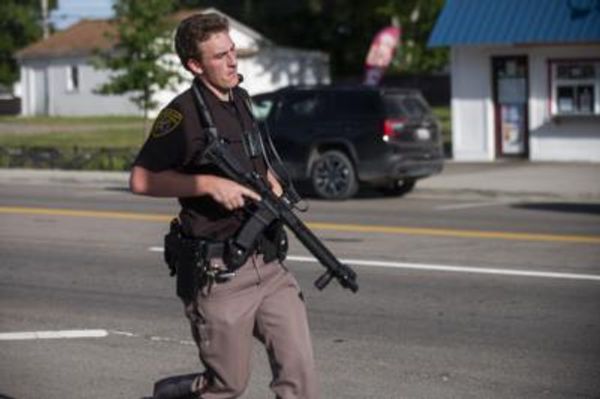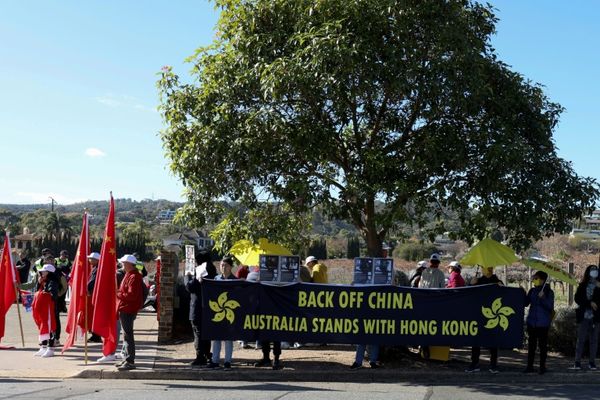
On July 26th, 2005, 10 years ago, Mumbai drowned in 944mm of rain. The deluge, referred to ever since simply as ‘26/7’ in the manner of a terrorist attack, killed over 500 people and left the city with indelible scars.
Is Mumbai better prepared if such a disaster strikes again? The answer, based on this year’s rains, is an emphatic ‘no’. Not only is Mumbai unprepared for another 26/7-scale deluge, it actually seems to have gone backwards. Far less rain is needed to flood roads and train tracks and bring the city to a standstill.
On June 19, Mumbai received 280mm of rain, less than a third of what it got on 26/7. This, however, was enough to cripple the city. Local trains stopped, leaving lakhs of people stranded, and some roads remained water-logged well into the next day.
After 26/7, the BMC and the state government had come in for strong criticism and responded with a flood of promises. The BMC set up a fact-finding committee headed by Madhav Chitale to examine the causes of the disaster and recommend solutions. In the past 10 years, the civic body has failed to fulfill even half of its recommendations.
File photo: People rescue an old man from a submerged train near Chunabhatti Station, in Mumbai. On July 26th, 2005, 10 years ago, Mumbai drowned in 944mm of rain. The deluge killed over 500 people. (Vijayanand Gupta/HT photo)
A major promise was to revive the long-delayed Brihanmumbai Stormwater Drains project (Brimstowad), conceived in 1993 to widen and deepen nullahs that connect to the sea and creek, and to construct pumping stations. The project comprised 58 crucial infrastructure projects across the city, including the construction of eight pumping stations, widening of most major nullahs, and an overhaul of the city’s drainage system. Ten years on, only 26 of these projects – fewer than half – have been completed. The 2011 deadline has been pushed to 2016, while the cost has shot up from Rs1,200 crore to Rs4,000 crore.
A major reason why the city remains flood-prone is that small drains, which comprise 93% of the drainage network and carry flood water from various localities to major drains (which comprise just 7% of the network), continue to be neglected.
Brimstowad isn’t the only major project that has been neglected. The Mithi river, which wreaked havoc on 26/7, was to be widened to prevent it from overflowing as it did that day. This project is also incomplete, and Mumbai remains at the Mithi’s mercy.
Many Mumbaiites, including a former municipal commissioner, blame the BMC’s ineptitude for the mess. “The sluggish pace of work has created more problems. The city’s natural drains have also disappeared owing to haphazard construction. This has increased the burden on existing drains,” said former civic chief DM Sukhankar.

File photo: A train is submerged near Chunabhatti station as incessant rains lashed Mumbai on the 26th of July, 2005. Passengers were stranded in the trains and on the railway platforms. (Vijayanand Gupta/HT Photo)
‘Worse than before’
“The money spent on the Brimstowad project is going down the drain. Encroachment around nullahs remains a big concern. Many slums have mushroomed near nullahs and garbage from them has worsened the problem. The BMC has budget of crores but a lack of willpower to implement the projects is damaging the city.” Gaurang Vora, activist from Sion
“Even 10 days since the deluge we are unprepared for 100mm of rain in an hour. The slow pace of the Brimstowad project means it will take another five to 10 years to complete. Improving the city’s drains is something that should have been done 20 to 30 years ago.” Nikhil Desai, citizen activist
“There is little evidence that the city is better prepared. The rainfall on June 19 sowed that there are now more areas prone to water-logging. Also, people continue to throw garbage in drains, which adds to the problem. We need a waste management system to prevent people from clogging drains with rubbish.” Rishi Aggarwal, environmentalist
“Flooding depends on the high tide. During a high tide, the drainage system pumps out less water, and if this coincides with heavy rain, flooding occurs as our existing system is not very effective.” DK Pathak, former civic official

File photo: A man wades through a submerged railway track near Chunabhatti station, in Mumbai. (Vijayanand Gupta/HT Photo)

File photo: People wade through waist-deep water as traffic came to a standstill after incessant rains in Mumbai on July 26th, 2005. (Vijayanand Gupta/HT Photo)

File photo: This is Wadala railway station on the 26th of July, 2005. Passengers were stranded in the trains and on the railway platforms. (Photo: Sanjiv Valsan)








